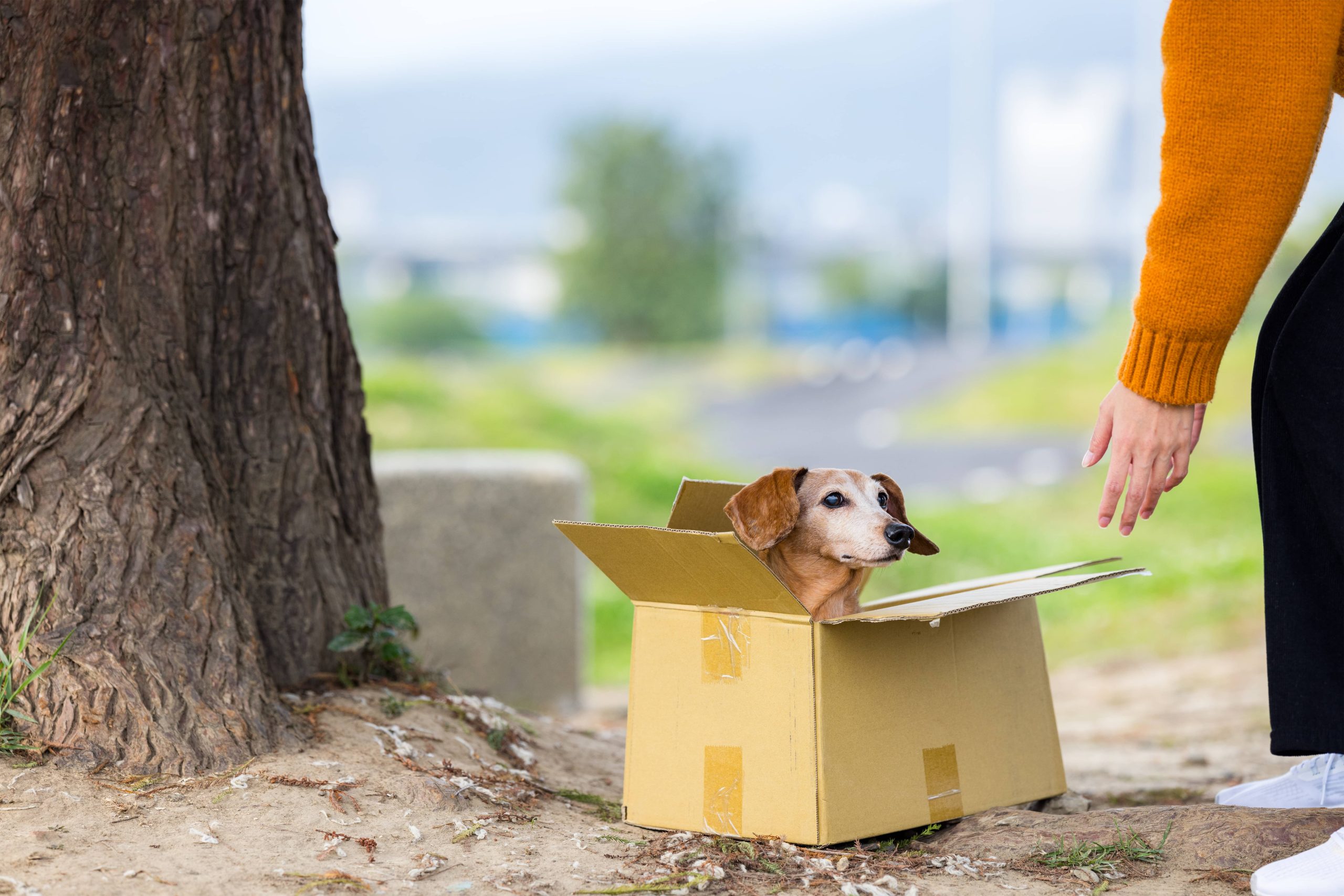
Rescuing a pet is an incredibly rewarding experience, not just for the animal, but also for the owner. The gratitude, love, and devotion that a rescued pet can offer are immeasurable. However, it’s crucial to understand that the transition into a new home can be challenging for these animals. This period, often referred to as the adjustment period, can vary significantly from one pet to another. In this blog post, we will delve into what you can expect during this time and offer practical advice to help make the transition smoother for your new furry friend.
Understanding the Adjustment Period
The adjustment period refers to the time it takes for a rescue pet to become comfortable in their new home. This period can last anywhere from a few days to several months, depending on multiple factors such as the pet’s past experiences, personality, and the environment in the new home.
The Emotional Journey of a Rescue Pet
Rescue pets often have a past filled with uncertainty, neglect, or abuse. Although not all rescue pets have experienced trauma, the change in environment alone can be overwhelming. Common emotions they might experience during the adjustment period include:
– Fear: New sounds, scents, and sights can be frightening. Sudden movements or loud noises may send them hiding.
– Confusion: Rescue pets might not understand why they are in this new place or what is expected of them.
– Curiosity: As they begin to feel safer, they may start to explore their new environment.
– Attachment: Gradually, they will start forming bonds and seeking comfort from their new family.
Creating a Safe Space
One of the most effective ways to ease a pet into their new home is by creating a designated safe space. This can be a specific room or a cozy corner equipped with essentials like a bed, food, water, and some toys. This space should be quiet and free from too much foot traffic, giving your pet a place where they can retreat and relax when overwhelmed.
The Importance of Routine
Establishing a routine is vital in helping your rescue pet adapt. Pets thrive on predictability, so feeding, walking, and playtime should be regular and consistent. Sticking to a routine helps build trust and assurance, reducing anxiety over time.
Patience and Understanding
Rescue pets require a great deal of patience. Here are some key points to keep in mind:
1. Take it Slow: Don’t rush the process. Allow your pet to explore and adapt at their own pace.
2. Positive Reinforcement: Reward good behavior with treats, praise, or affection. This encourages positive associations with their new environment and behaviors.
3. Avoid Negative Reactions: Exhibiting frustration or anger can make the adjustment period more difficult. Instead, handle any issues with calm redirection.
4. Consistent Boundaries: Set and maintain clear boundaries. This consistency helps your pet understand what is expected of them.
Socialization
Introducing your rescue pet to other pets and people should be done gradually. Initial meetings should be brief and in controlled environments to prevent overstimulation. Observe their body language for signs of stress or discomfort, and intervene if necessary to keep interactions positive.
Medical and Behavioral Assessments
A visit to the vet should be one of the first steps after bringing a rescue pet home. This ensures they are healthy and can identify any medical issues that need immediate attention. Additionally, some rescue pets might benefit from professional behavioral training to address any deep-seated fears or anxieties.
Building Trust and Bonding
Building trust with a rescue pet is an ongoing process. Spending quality time together through play, gentle petting, and talking helps strengthen the bond. Each pet will have its unique way of exhibiting trust, whether it’s through eye contact, initiating play, or simply lounging around comfortably.
Signs Your Pet is Adjusting
The adjustment period varies, but there are signs that indicate your pet is becoming comfortable in their new home:
– Relaxed Body Language: Your pet is no longer cowering or hiding and begins to exhibit relaxed behaviors such as lying down with a loose, wiggly body posture.
– Healthy Appetite: Initially, some pets might refuse food due to stress, but a return to regular eating habits often signals growing comfort.
– Playfulness: Engaging in play or showing interest in toys.
– Affection: Seeking out attention and initiating contact with family members.
Overcoming Adjustment Challenges
Certain behaviors may surface as your pet adjusts. These can include separation anxiety, house training accidents, or destructive chewing. It’s essential to address these issues with empathy and to seek professional advice if needed.
Conclusion
The adjustment period for a rescue pet can be a challenging yet incredibly fulfilling journey. By providing a safe space, establishing a routine, exercising patience, and seeking professional guidance when necessary, you can help your new pet transition smoothly into their forever home. Remember, the love and trust you build during this period lay the foundation for a lifelong bond. Adopting a rescue pet is a significant commitment, but the rewards are immeasurable. Embrace the journey and celebrate every small victory along the way. Your new furry friend has a lifetime of love to give, and it all begins with understanding and compassion during their adjustment period.






